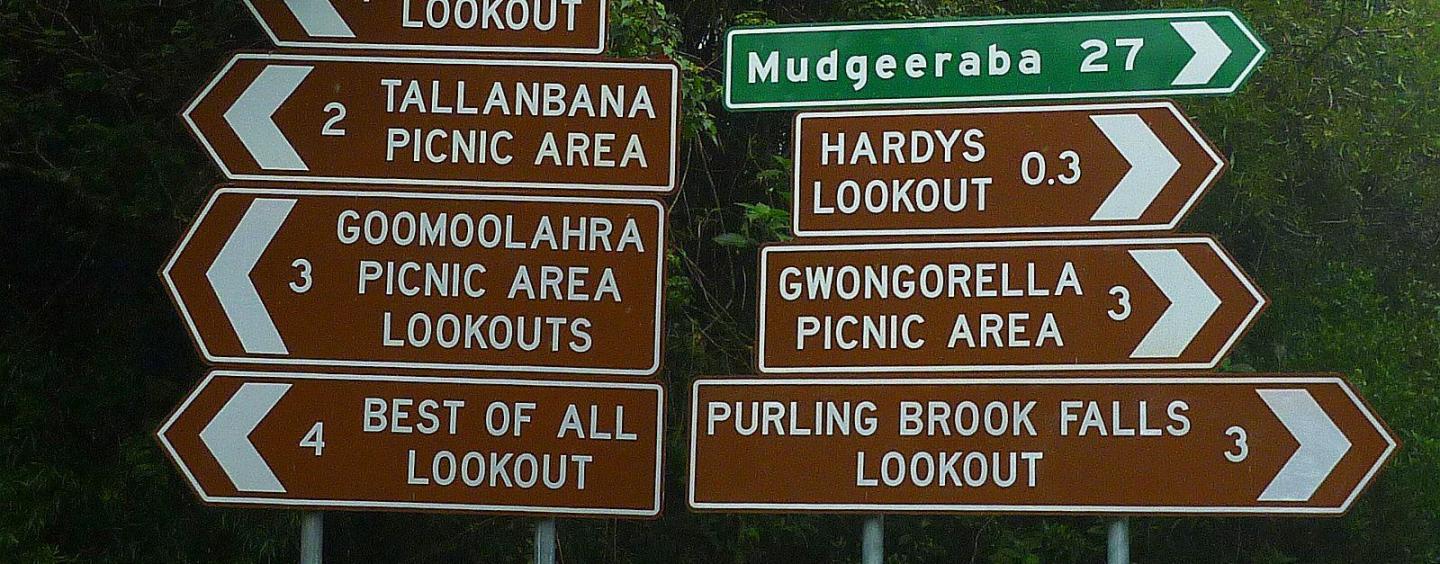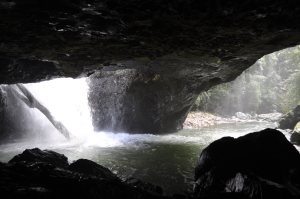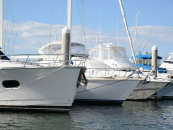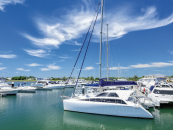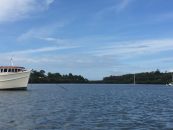Springbrook National Park – By Roselle Tenefrancia
The Gold Coast coastline is much veneered and adored. Popular spots in the city are generally by the beaches. Not that there is any reason why these shores should not be so favoured. After all, surfing, sunbathing, events and parties, gourmet food and coffees by the beaches are among its attractions. In the almost perfect weathered Queensland, who wouldn’t enjoy basking in the sun and be entertained by the ocean’s concert?
But wait! GC is not just equal to beaches (nor Surfers Paradise for that matter). Its hinterlands are as enticing as the glistening surfs. Just less than an hour’s drive from the glitter and glamour of beachside activities, sits a huge National Park that has kept ancients in its midst.
Springbrook National Park is one of earth’s gift to people. With rich biodiversity and a unique collection of flora and fauna in Australia, the national park boasts of well-preserved forests that continue to refresh and invigorate its visitors.
Drive
The drive to Springbrook is a breeze, literally and figuratively. Out of Nerang, the Nerang-Beaudesert Road changes to become the Nerang-Murwillumbah Road, the gateway to the park. The drive on the winding road is smooth and the scenery is a treat for tired eyes. This route brings you to a turn-off to Pine Creek Road leading to the cliffs and falls. But driving further along the Nerang-Murwillumbah Road is the route to the Natural Arch or Natural Bridge.
(The other road is the Gold Coast-Springbrook Road coming from Mudgeeraba. It is a shorter road but snakes up to the Park. This road brings you closer to the cliff lookouts and falls.)
So, yes, a day trip can already bring you the pleasure of the forest experience in a World Heritage Park. Thanks to some prisoners from Brisbane in the early 1900s, the first tracks were hacked out of the ridges manually with shovels and picks, which brought about access to the park’s daunting terrain. And the simple and straightforward road network within the Park proves to be an easy drive into nature’s breathing space.
Interesting spots
in our own drives, we have come to appreciate swimming in the watering hole at the Forest Park Picnic Area, the first stop on the right side of the road. It is part of the Nerang River, where the waters are shallow but deep enough for a swim and part of the riverbed is dry, particularly during the drier seasons. River sands can also feel good on the skin — a natural body scrub!
From the swimming hole, the logical next stop would be the Natural Bridge or Arch. This scenic reserve is home to a natural water attraction that is both amazing and makes one feel so insignificant. The natural rock bridge was originally the lip of a waterfall. Soft and broken up basalt at the base was eroded by swirling waters into an undercut cave. Rocks in the stream bed above swirled around to drill a pot-hole, which gradually deepened and broke through to the cave beneath. The creek fell into the cave and then enlarged it further.
The easy trek to the bridge is an experience by itself. Towering trees — like the 3000-year old Antarctic Beech — and the symphony of bird and animals sounds are enough to stimulate the senses. And as you come closer to the bridge, the roaring sound of the waterfall is the prelude to a sight to behold. As the spray of spring water begins to soothe your skin, you are also entering the home of the glow worms. These are the tiny creatures that emit light during the night. They are not worms but are the larvae of a type of fly. Glow worm tours are available for those who are interested to come for a nocturnal visit.
The Pine Creek Road and the Gold Coast Springbrook Road both lead to the canyon and cliff lookouts. There are several lookouts that showcase the various cliffs of the Springbrook Plateau. The best times to go are after rain fall, as the many waterfalls become dramatically visible from the lookouts. The Best Of All Lookout is so named simply because it has the best view of the grand scale of a massive landform brought about by lava flow and natural erosion that makes up the Mt. Warning caldera, which is the largest in the world.
And if you have more time to be really connected with nature, there are several campsites in the Park. Campers have been treated to nocturnal animal sightings, such as the brushtail possum, ringtail possum, sugar glider, spotted tail quoll, and koalas. For the birdwatchers, the Park has over a hundred different species that can be seen and heard. Reptiles like the lace monitor, skinks and carpet pythons also live in the Park. Frogs, crayfish, eels and platypus are also among the inhabitants of the waters in the Park.
Reconnecting in GC’s backyard
Sometimes, our busy lives — yes even in this laid back surfing culture that we have — drain our energies and disconnect us from ourselves and our surroundings. To reconnect, we need to go back to a past that still stands in our midst — our forests. A breath of fresh forest air, a mist from the waterfalls, and the music of rustling leaves and birds are simple experiences that reenergize our senses and our soul.
Tourism is about exploring and appreciating the culture, nature and landscape of a destination, Springbrook National Park is a vast reminder that people do not need to create or destroy something to make a scenic and tourism attraction in the Gold Coast.






















